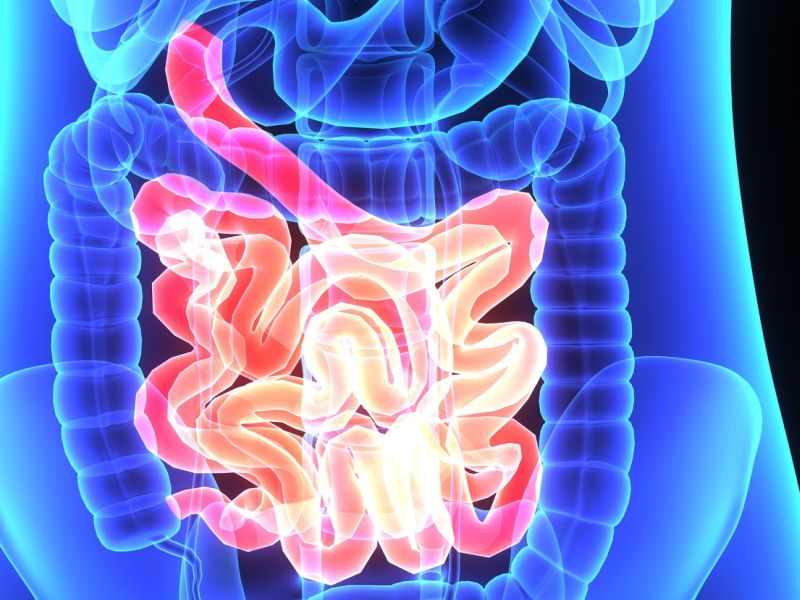
TUESDAY, May 22, 2018 (HealthDay News) — By having patients swallow a blue dye tablet as part of colonoscopy prep, doctors can boost their chances of catching telltale signs of cancer, new research suggests.
The dye is technically referred to as “oral delayed-release methylene blue.” When patients ingested the dye in tablet form alongside their usual pre-procedure cleansing preparation, it worked to highlight colon polyps also known as adenomas — by upwards of 9 percent.
Use of the dye “allowed gastroenterologists to better detect and remove difficult-to-see polyps, which has great implications for further preventing this disease,” said study author Dr. Alessandro Repici. He is a professor of gastroenterology and director of endoscopy at Humanitas University Medical School in Milan, Italy.
Repici and his colleagues are scheduled to present their findings June 3 at the annual Digestive Disease Week meeting, in Washington, D.C.
Each year, roughly 137,000 Americans are diagnosed with colon cancer and about 50,000 die from the disease, the study authors noted in a meeting news release.
Spotting polyps during a colonoscopy can be tricky, particularly when they’re flat or small (under 5 millimeters), one expert in the United States said.
“Routine screening with colonoscopy can prevent most cases of colon cancer, but the effectiveness of the exam can be limited when the pre-cancerous growths are flat (like a pancake) and blend in with the normal colon lining,” explained Dr. David Robbins. He helps direct endoscopy at Lenox Hill Hospital in New York City.
Robbins said that endoscopists have already tried spraying blue dye into the colon using a catheter, as a way of highlighting polyps in a colonoscopy. But the use of a swallowed pill is an innovation.
The new study involved more than 1,200 patients who were scheduled to undergo a colonoscopy at one of 20 centers around the world.
Participants were divided into three groups: one group ingested a full-dose 200-milligram dye tablet during their routine prep; another took a half-dose; and a third took an inactive “dummy” tablet.
Gastroenterologists were able to identify polyps in more than 56 percent of the full-dose patients, compared to just under 48 percent for patients who did not ingest any dye. The full-dose dye regimen also specifically increased the ability to detect smaller, flatter lesions.
Dr. Aaron Harrison is a gastroenterologist and chair of internal medicine at Northwell Health’s Southside Hospital in Bay Shore, N.Y. He said that any new technique that can boost polyp detection is “very exciting.”
However, Harrison added that a recent and well-publicized study found that polyps smaller than 1 centimeter “may not be associated with an increased risk in colon cancer.”
So, he said, the real value of a blue-dye pill that helps detect more of these tiny lesions remains to be seen.
“Future studies to confirm this study’s results and that look at the number of advanced adenomas detected will help us decide if this potentially significant method should be incorporated in the daily practice of all gastroenterologists performing colonoscopies,” Harrison said.
Research presented at medical meetings should be viewed as preliminary until published in a peer-reviewed journal.
— Alan Mozes

Copyright © 2018 HealthDay. All rights reserved.
CONTINUE SCROLLING FOR NEXT NEWS ARTICLE
SOURCES: Aaron R. Harrison, M.D., chair, internal medicine, Northwell Health’s Southside Hospital, Bay Shore, N.Y.; David H. Robbins, M.D., associate chief of endoscopy, Lenox Hill Hospital, New York City; Digestive Disease Week, news release, May 22, 2018






Leave a Reply